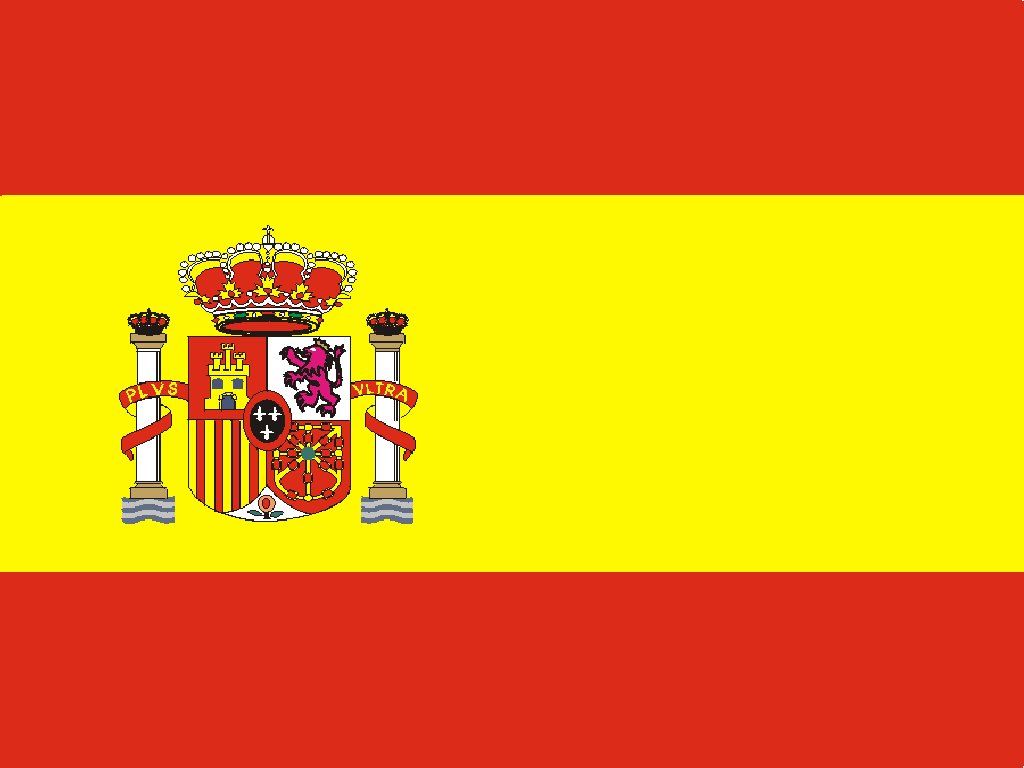Stuffed animals, often regarded as mere toys or comfort objects, carry deep cultural meanings and diverse roles across the world. From childhood companions to ceremonial gifts and symbolic items, the cultural significance of stuffed animals varies depending on historical, social, and emotional contexts in each region. This article explores how different cultures around the globe value and interpret these soft, plush companions.

1. North America: Comfort, Therapy, and Nostalgia
In the United States and Canada, stuffed animals hold emotional and psychological significance. Often introduced in early childhood, they are considered comforting objects that help children cope with separation anxiety and stressful events. Beyond play, they also serve therapeutic purposes—plush toys are used in hospitals and trauma counseling to provide emotional support.
Culturally, they often evoke nostalgia. Classic characters like the Teddy Bear, derived from President Theodore Roosevelt's hunting story, are iconic and remain symbolic of innocence and kindness. Plush animals are also widely gifted during holidays such as Valentine’s Day or birthdays, underscoring their sentimental value.

2. Japan: Kawaii Culture and Emotional Expression
In Japan, stuffed animals are integral to the cultural concept of “kawaii,” or cuteness. Characters like Hello Kitty, Rilakkuma, and Totoro are more than just toys—they are embodiments of a national aesthetic. Stuffed animals are often used as decor in homes, cars, and even offices, symbolizing a desire for comfort and emotional warmth.
Interestingly, in Japanese culture, people may communicate feelings more openly through gifts of stuffed animals than direct verbal expression. It is not uncommon for adults to own plush companions, and it’s socially accepted to display them prominently as expressions of one’s personality or emotional state.
3. China: Symbolism in Festivals and Relationships
In China, stuffed animals play an important role in celebrations and romantic gestures. They are popular gifts during festivals such as the Lunar New Year, with each year’s zodiac animal often transformed into collectible plush toys. For example, during the Year of the Dragon, plush dragons become highly sought-after gifts.
Stuffed animals are also significant in romantic relationships—gifting a customized large teddy bear is considered a grand romantic gesture, symbolizing affection and a desire for closeness. Moreover, in recent years, plush toys have become trendy among young adults as expressions of love and companionship.
4. Europe: Tradition and Craftsmanship
In parts of Europe, particularly Germany and the UK, stuffed animals have a long history tied to craftsmanship and tradition. Germany is home to Steiff, one of the world’s oldest and most respected plush toy makers. Here, stuffed animals are not only toys but also collector’s items that hold generational value.
In the UK, the classic Teddy Bear has literary significance as well, made famous by characters like Winnie-the-Pooh and Paddington Bear. These plush characters reflect British values of politeness, curiosity, and adventure. As such, stuffed animals are cherished not only by children but also by adults as cultural icons.
5. Africa: Storytelling and Educational Roles
In some African cultures, stuffed animals serve an educational and storytelling role. Locally crafted plush toys often represent indigenous animals and are used to teach children about native wildlife and conservation. For example, plush versions of lions, elephants, and zebras may be incorporated into learning tools or community storytelling practices.
Handmade stuffed animals also support local economies and are sometimes sold as cultural artifacts to tourists. These toys often carry symbolic meaning, reflecting local beliefs, traditions, and the importance of nature in cultural identity.
6. Middle East: Gift-Giving and Modern Trends
While traditional toys once dominated the Middle Eastern market, stuffed animals have increasingly gained popularity due to globalized media and changing social norms. In many countries across the region, plush toys are now common in gift-giving, particularly among youth and during celebrations such as Eid or birthdays.
The symbolic nature of these toys often mirrors that in Western contexts, representing affection, comfort, or companionship. Additionally, international brands and media have introduced beloved characters that have been embraced across the Middle East, integrating them into daily life and family rituals.
7. Latin America: Cultural Fusion and Emotional Bonds
In Latin American countries, stuffed animals are deeply woven into childhood experiences. They are often seen as trusted companions and are integrated into bedtime rituals and playtime. Due to strong family ties in the region, these toys are frequently passed down between generations, enhancing their sentimental value.
Furthermore, religious and spiritual dimensions occasionally influence how stuffed animals are used—some may be blessed or included in traditional festivals as part of family altars or decorations. The mix of indigenous, colonial, and modern influences creates a rich tapestry where stuffed animals represent love, heritage, and continuity.

Summary
Though soft and unassuming, stuffed animals serve as emotional anchors, cultural storytellers, and symbols of identity across the globe. Whether rooted in kawaii culture, used as comfort tools, or celebrated for craftsmanship and tradition, their significance transcends age, geography, and purpose. Understanding how different regions value these plush companions offers a heartwarming glimpse into shared human needs—affection, memory, and connection.











Comments (0)